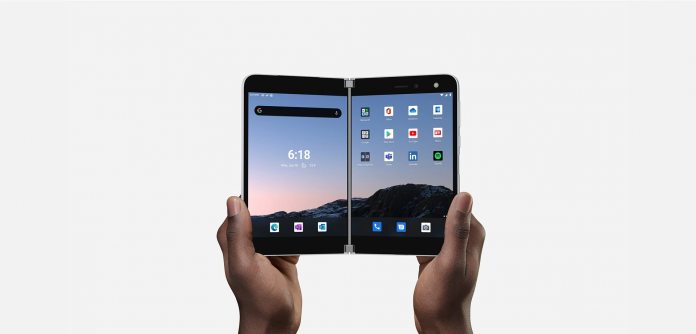In its accompanying write up, Time says: “Is it a phone or is it a notebook? In the case of Microsoft’s Surface Duo, the answer is it’s both. The dual-screen Android smartphone ($1,399) opens like a spiral binder, revealing a pair of screens. Unfold it and it’s a digital notebook—drag items from one app to another, expand a single app to fill both screens (perfect for reading), or use a Surface Pen to get some writing done on one screen while you chat on the other. You can also fold the device back over itself and use the single screen as a traditional cell phone. The Surface Duo feels like a concept device but also a glimpse into the future of mobile computing: it won’t replace your iPhone and its killer camera just yet, but it’s easy to see how it one day might.” In some ways, the praise sums up what the Surface Duo really is. It feels like an innovative piece of tech more than it does a functional one. It is nowhere near the quality of smartphone as it’s amazing bleeding edge design suggests.
A Mixed Bag
Back in September, shortly after the Surface Duo launched, I wrote about the gap between the hardware and the device capabilities. Before continuing, let’s be clear and say the Duo is not a terrible smartphone experience. It is clear to see what Microsoft is trying to do and the Duo seems a solid first attempt. The problem is it is a $1,399 first attempt. Running year-old specs hardly helps, and Microsoft has already started updating Duo’s software to improve it.




